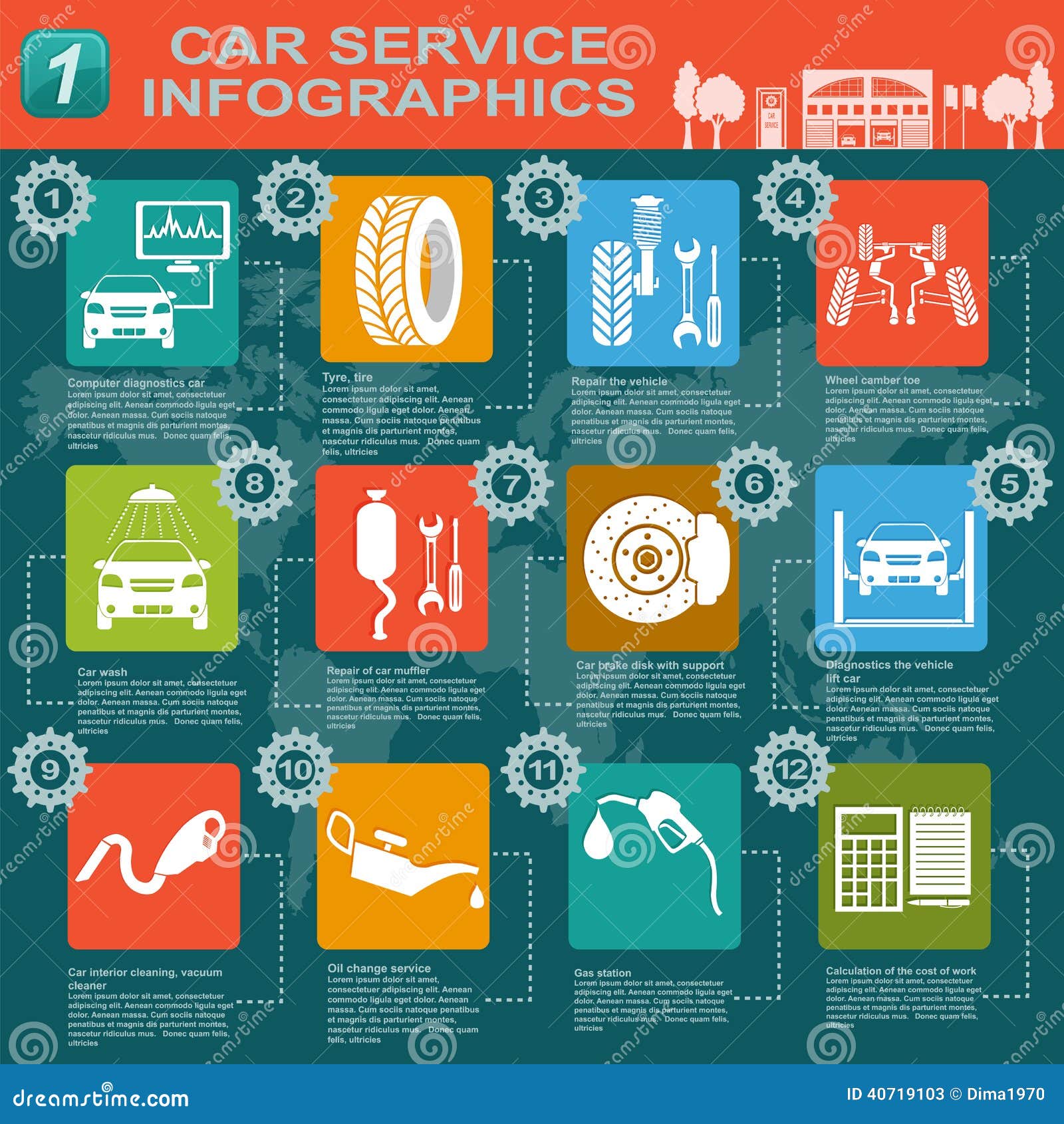Understanding Your Vehicle'S Warning Lighting: What Do They Really Mean?
Understanding Your Vehicle'S Warning Lighting: What Do They Really Mean?
Blog Article
Short Article Created By-Lim Corbett
When you lag the wheel, those beautiful caution lights on your control panel can be a little bit bewildering. Do you recognize what they're attempting to tell you regarding your vehicle's health and wellness? Understanding the relevance of these lights is vital for your safety and the long life of your lorry. So, mercedes detailing following time among those lights appears, wouldn't you intend to analyze its message properly and take the essential steps to resolve it?
Common Caution Lighting and Interpretations
Identify common caution lights in your vehicle and comprehend their meanings to make sure secure driving.
One of the most normal caution lights consist of the check engine light, which signifies problems with the engine or emissions system. If this light comes on, it's essential to have your car examined promptly.
The oil stress warning light indicates reduced oil pressure, calling for prompt focus to avoid engine damage.
A blinking battery light could suggest a damaged charging system, possibly leaving you stranded if not dealt with.
The tire stress tracking system (TPMS) light notifies you to low tire pressure, influencing car security and gas efficiency. Overlooking this could lead to unsafe driving conditions.
The abdominal light suggests an issue with the anti-lock braking system, jeopardizing your capability to quit promptly in emergencies.
Lastly, the coolant temperature warning light warns of engine overheating, which can lead to severe damage if not fixed swiftly.
Understanding these usual caution lights will assist you deal with problems immediately and keep risk-free driving problems.
Value of Prompt Attention
Comprehending the usual warning lights in your cars and truck is just the primary step; the value of promptly dealing with these cautions can not be highlighted sufficient to ensure your safety when driving.
When a caution light brightens on your control panel, it's your car's means of interacting a possible issue that needs interest. Ignoring these cautions can result in a lot more severe issues in the future, compromising your security and potentially costing you a lot more in repairs.
Prompt focus to warning lights can stop failures and mishaps. For instance, a blinking check engine light might indicate a misfire that, if left unattended, could cause damage to the catalytic converter. Resolving this without delay can conserve you from a costly repair.
Similarly, a brake system cautioning light could indicate reduced brake liquid or used brake pads, critical components for your safety when driving.
DIY Troubleshooting Tips
If you see a caution light on your dashboard, there are a few DIY fixing pointers you can try before looking for specialist assistance.
The primary step is to consult your vehicle's manual to recognize what the details caution light indicates. Often https://brake-pads06273.blogsuperapp.com/31725244/learn-the-important-steps-to-locate-a-trustworthy-automobile-service-center-that-will-guarantee-your-automobile-remains-in-outstanding-problem-your-auto-should-have-nothing-less-than-the-most-effective-care can be as simple as a loosened gas cap setting off the check engine light. Tightening the gas cap may resolve the issue.
An additional typical issue is a reduced battery, which can set off various warning lights. Checking car wash specialist for rust and ensuring they're protected could fix the problem.
If a warning light continues, you can try resetting it by separating the cars and truck's battery for a few mins and afterwards reconnecting it. Furthermore, checking https://andreupjcw.answerblogs.com/31396491/individual-experience-changing-my-clunker-with-a-weekend-detailing-session , such as oil, coolant, and brake fluid, can assist repair alerting lights associated with these systems.
Final thought
In conclusion, recognizing your cars and truck's warning lights is essential for maintaining your automobile running efficiently and safely. By promptly addressing these informs and recognizing what they suggest, you can avoid expensive repairs and potential breakdowns.
Bear in mind to consult your vehicle's handbook for certain details on each advising light and do something about it accordingly to make sure a trouble-free driving experience.
Remain informed, stay secure on the road!
